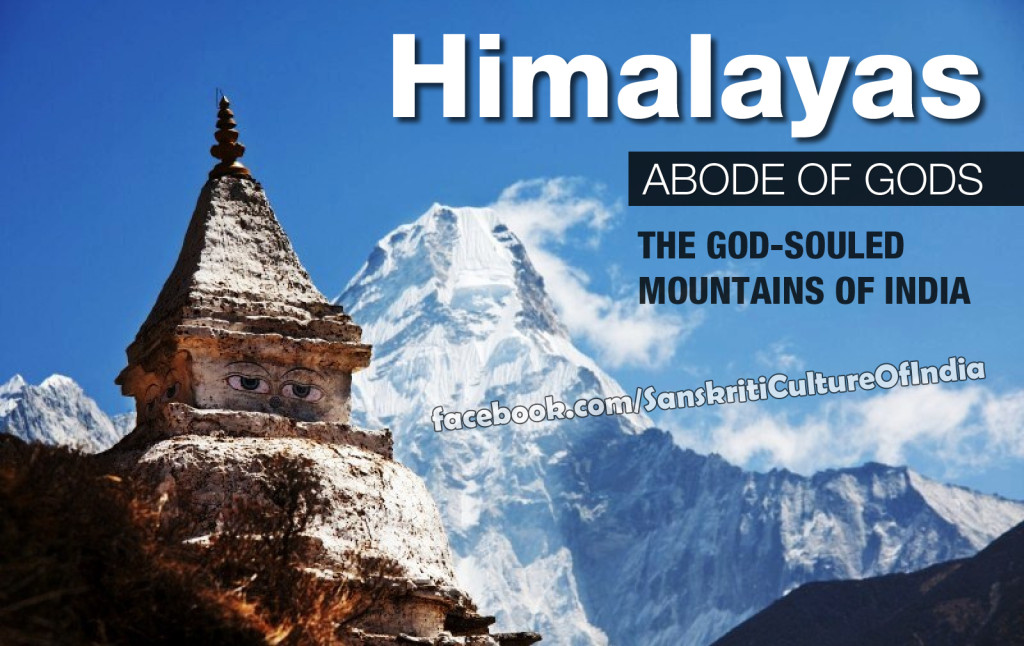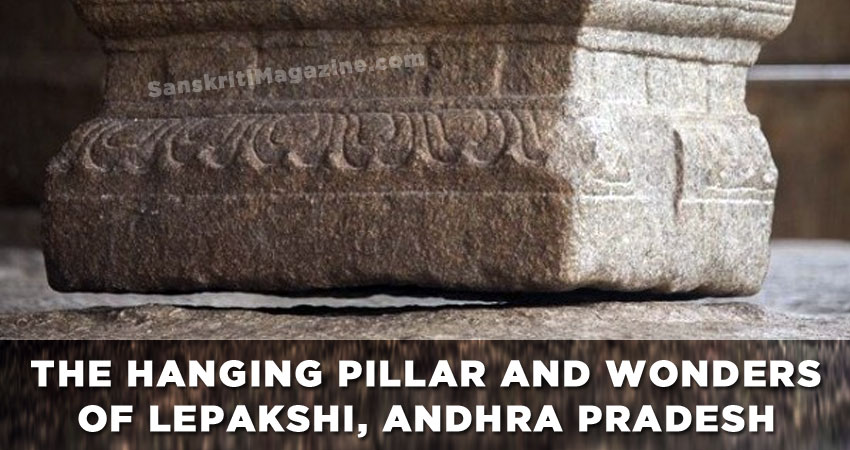The Himalayas in Hindu tradition are much more than a majestic mountain range that extends in a 2,410-km curve across South Asia. Hindus revere it not just for being a home to rare sanative herbs, nor even as a haven for exciting winter sports. To the Hindus this great grandfather-like figure has always been an abode of gods. So they referred to the Himalayas as devatma or God-souled. Giri-raj or the “King of Mountains”, as the Himalayas is often called, is also a deity by itself in the Hindu pantheon. Hindus view the Himalayas as supremely sacred, as a corollary to seeing god in every atom of the universe. The mighty altitude of the Himalayas is a constant remembrance to the loftiness of the human soul, its vastness. a prototype for the universality of human consciousness. Even Mount Olympus in Greek mythology would pale in front of the reverence shown to the Himalayas in the Hindu mythology. Neither is Mount Fuji as significant to the Japanese as the Himalayas to Hindus.
Pilgrim’s Paradise
Apart from being a natural heritage, the Himalayas is a spiritual heritage for the Hindus. From the Himalayas has originated so many life-giving perennial rivers that have sustained such a rich civilization. The most visited places of pilgrimage in India are located in the Himalayas. Prominent among them are the Nath troika of Amarnath, Kedarnath and Badrinath as well as Gangotri and Yamunotri – the glacial origins of the holy rivers of Ganga and Yamuna. There are also three seminal Sikh pilgrimage spots in the Uttarakhand Himalayas.
Heaven of Spiritual Practices
The western Himalayas teems with esteemed pilgrimages so much so that the entire Kumayun range can be called tapobhumi or land of spiritual practices. Where else apart from Kailash and Manas-sarovar in the Himalayas could an all-abnegating Shiva roam with his bull? Where else apart from Hemkunt Sahib in the Himalayas could Guru Govind Singh have come in his former sagely incarnate for spiritual penance?
Favorite of Gurus & Saints
From times immemorial, the Himalayas have given out speechless invitations to sages, anchorites, yogis, artists, philosophers et al. Shankaracharya (788-820), who propounded the Mayavad doctrine, referred to the holy river as the goddess of divine essence, and established one of the four cardinal hermitages in the Garhwal Himalayas. Scientist J C Bose (1858-1937), also ventured into the Himalayas, as expounded in his sagely philosophical essay Bhagirathir Utsha Sandhane, to explore how the Ganges flows down from the “matted locks of Shiva”. All sages and prophets have found the Himalayas best for spiritual pursuits. Swami Vivekananda (1863-1902) founded his Mayavati Ashram 50 km from Almora. The Mughul emperor Jehangir (1567-1627) said about Kashmir, the westernmost extent of the Himalayas: “If there is a paradise on earth, it’s here”.











